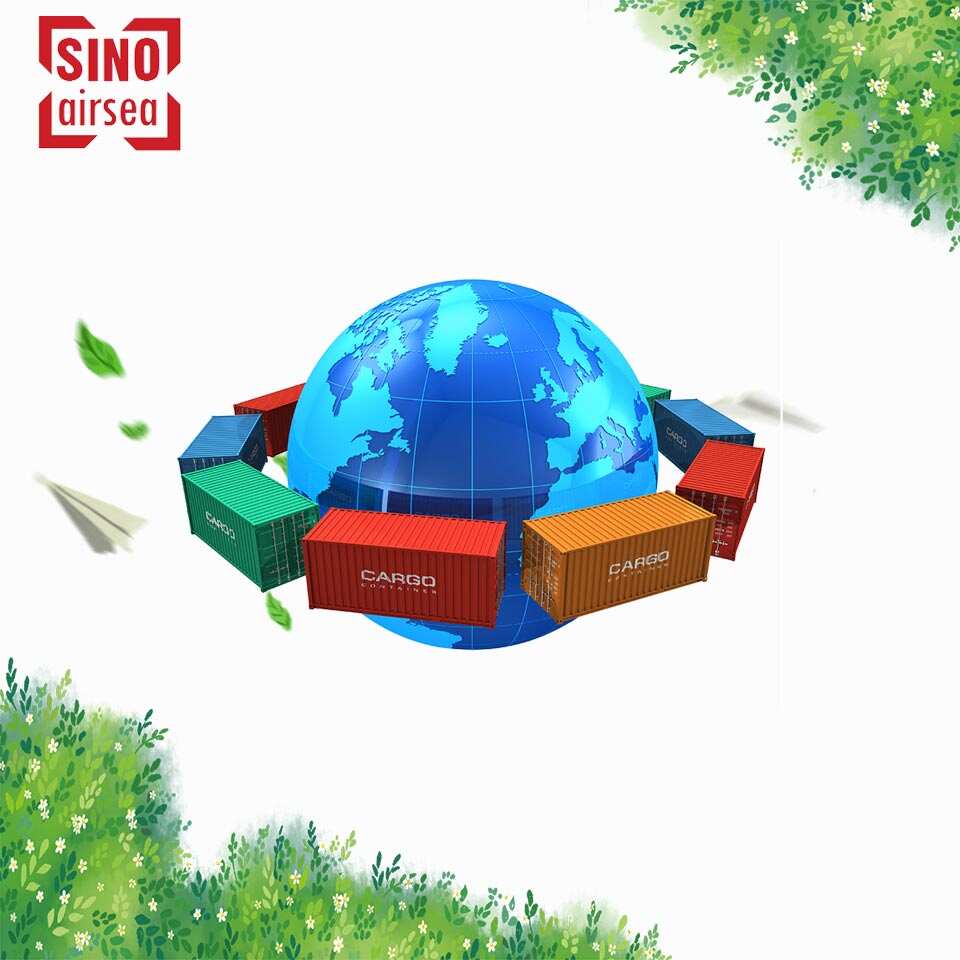Sea Freight to Japan: Everything You Need to Know
When it comes to shipping goods internationally, sea freight to Japan stands out as a popular and efficient choice. This method is particularly advantageous for businesses looking to transport large volumes of cargo at a reasonable cost. In this guide, we'll explore everything related to sea freight to Japan, including the costs involved, the shipping process, and valuable tips for selecting the right freight forwarder.
Understanding Sea Freight
What is Sea Freight?
Sea freight refers to the transportation of goods by cargo ships over large distances. It’s an essential method for international trade, especially for bulky or heavy shipments. The vast majority of goods transported to Japan arrive via sea, making it an integral part of the supply chain.
Why Choose Sea Freight to Japan?
Cost-Effectiveness: Compared to air freight, sea freight is generally more economical, especially for large shipments. This can be particularly beneficial for companies with tight budgets.
Capacity: Ships can carry massive amounts of cargo, making them ideal for bulk shipping. This is especially useful for businesses that deal with manufacturing or wholesale.
Environmentally Friendly: Sea freight has a lower carbon footprint than other modes of transport. For businesses that prioritize sustainability, this can be an important factor.
The Cost of Sea Freight to Japan
Factors Influencing Costs
When considering sea freight to Japan, various factors affect pricing. Some of these include:
Volume and Weight: The larger and heavier your shipment, the higher the costs. Shipping charges are typically based on either the weight or volume of the cargo, known as the chargeable weight. Understanding this can help you optimize your packaging to minimize costs.
Distance: The further your goods need to travel, the more it will cost. This includes not only the physical distance but also the logistics involved in reaching the destination port.
Type of Goods: Some goods may require special handling or containers, affecting the overall price. For example, hazardous materials or perishable items may incur additional fees.
Seafreight Line Express Charges Price: Additional fees for express shipping or specialized services may apply, so be sure to clarify these costs upfront.
Average Costs
While exact prices can vary significantly, businesses typically see a range of $500 to $5,000 for sea freight to Japan, depending on the above factors. It's essential to get quotes from multiple freight forwarders to find the best deal and understand what services are included.
The Sea Freight Process
Step 1: Preparing Your Shipment
Before you ship, ensure that your goods are properly packaged and labeled. This is crucial for smooth customs clearance and transit. Here are some key points to consider:
Packaging: Use sturdy materials to protect your goods during transit. Proper cushioning can prevent damage and reduce the likelihood of returns.
Documentation: Prepare necessary documents such as commercial invoices, packing lists, and bills of lading. These documents serve as proof of ownership and are essential for customs clearance.
Step 2: Choosing a Freight Forwarder
Selecting the right freight forwarder is vital for a hassle-free shipping experience. Here are tips to help you choose:
Experience and Reputation: Look for a forwarder with a proven track record in sea freight to Japan. Check reviews and ratings to gauge their reliability.
Services Offered: Ensure they provide comprehensive services, including customs clearance, insurance, and tracking. A one-stop solution can save you time and effort.
Customer Support: Good communication is essential. Choose a forwarder that is responsive to your inquiries. Ask about their availability for support during shipping.
Step 3: Shipping and Tracking
Once you’ve chosen a freight forwarder, they will handle the logistics of transporting your goods. You’ll typically receive tracking information to monitor your shipment’s progress. Many freight forwarders provide online portals where you can check the status of your shipment in real-time.
Step 4: Customs Clearance
Upon arrival in Japan, your goods must clear customs. Ensure all documentation is in order to avoid delays. Your freight forwarder can assist with this process. Familiarize yourself with the Japanese customs regulations to understand what documentation is required for your specific goods.
Step 5: Delivery
After clearing customs, your shipment will be delivered to its final destination in Japan. Confirm with your freight forwarder about the delivery process and any additional charges that may apply, such as terminal handling fees.
Tips for Successful Sea Freight to Japan
1. Plan Ahead
Allow ample time for shipping. Sea freight can take several weeks, depending on the origin and destination. Planning ahead can help you avoid last-minute shipping costs or delays.
2. Understand Customs Regulations
Familiarize yourself with Japanese import regulations to avoid issues at customs. Certain goods may require permits or certifications. Researching these requirements ahead of time can streamline the process.
3. Insurance is Key
Consider purchasing cargo insurance to protect your goods against potential damage or loss during transit. This can provide peace of mind, especially for high-value shipments.
4. Use Technology
Take advantage of tracking technologies provided by your freight forwarder to stay updated on your shipment’s status. Many forwarders offer mobile apps that allow you to track shipments easily.
5. Build a Relationship
Developing a good relationship with your freight forwarder can lead to better service and potentially lower costs in the future. Frequent communication can also help you stay informed about market changes.
Conclusion
Shipping goods via sea freight to Japan is a practical and cost-effective solution for businesses. By understanding the costs involved, the shipping process, and how to choose the right freight forwarder, you can streamline your logistics and ensure your goods arrive safely and on time.
Whether you are new to international shipping or looking to optimize your current process, the insights provided here will guide you through the essentials of sea freight to Japan. Start your shipping journey today, and unlock new opportunities in the Japanese market!


